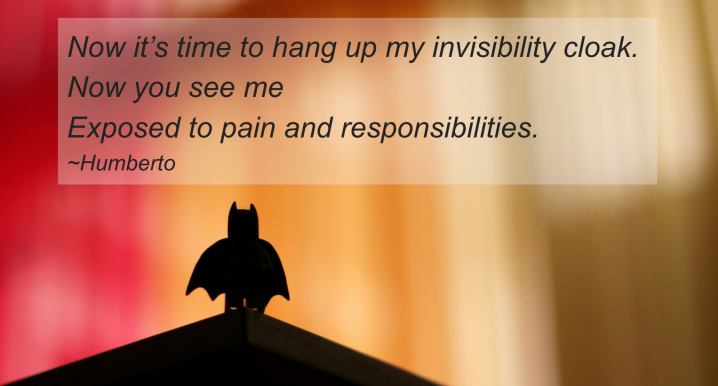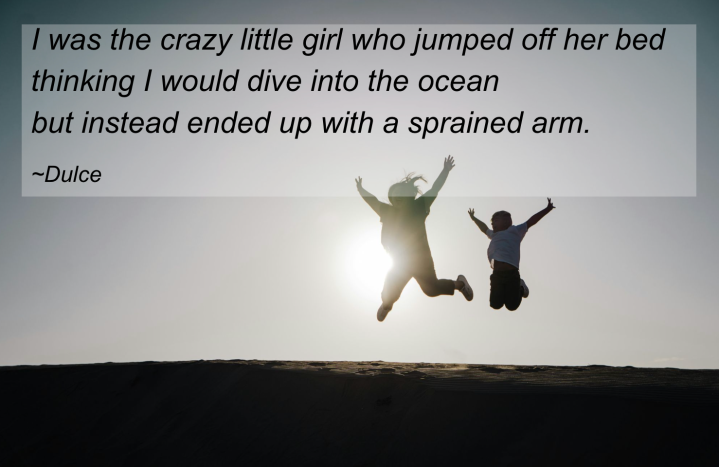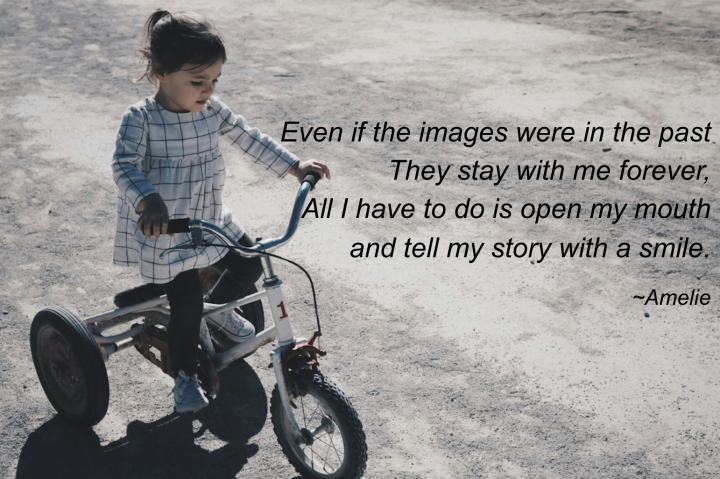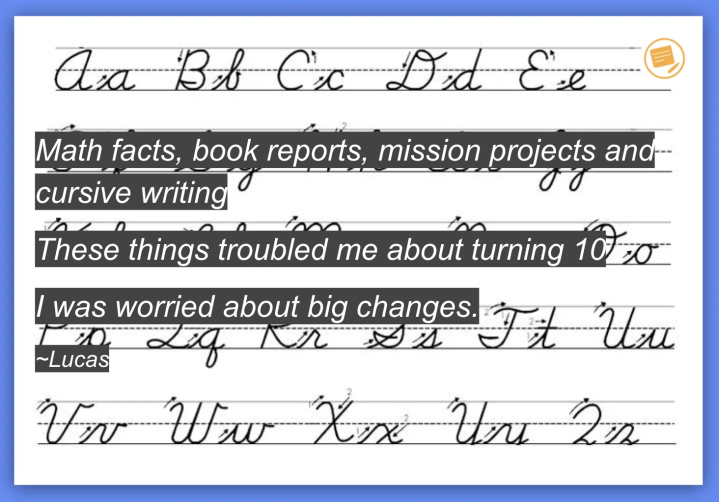The first time I read Billy Collins’ poem “On Turning Ten,” I thought it would be wonderful if my 8th graders wrote poems about the nostalgia of childhood and the uncertainty of growing up, since they were kind of in the middle: finished with elementary school and looking forward to high school. We watched a video of Collins reciting the poem, and I distributed it on paper so we could dig in to the imagery that made the poem so powerful. We talked about the value of specific details (“I could make myself invisible by drinking a glass of milk a certain way,” “my bicycle never leaned against the garage as it does today, all the dark blue speed drained out of it”), and then they started working on their own poems.

But before long, they started complaining. They didn’t know what to write. They didn’t understand why Collins would compare growing up to “a kind of measles of the spirit, a mumps of the psyche, a disfiguring chicken pox of the soul.” They didn’t get the nostalgia at all. One student helped me see why the assignment that I thought would be so sweet was falling flat: “Mrs. Bradley, we aren’t sad about growing up! We can’t wait to get to high school, to learn to drive, to get a job!”
Ah ha. Now I got it. They were a little young to be feeling nostalgic about childhood; in fact, they were still in it. Collins, after all, didn’t write “On Turning Ten” when he was nine going on ten. He waited until he was an adult and could appreciate those years.
But I wasn’t ready to give up. I knew my students would experience rollercoaster emotions as they hurtled toward the end of 8th grade and began to anticipate moving on to high school. It may not be cool to fear growing up, but many of them were feeling just what Collins did; they just didn’t know how to identify and express it.

So we worked backwards. They took out their notebooks for some brainstorming. We started with kindergarten, 1st grade, 2nd grade: what clothes do you remember wearing? What TV shows did you watch? What did you do at recess? What did you eat for lunch? Who were your teachers? Your friends?
Thinking of my now-grown children, I tossed out some memories of my own: “Did you wear those light-up shoes?” The room exploded! “I had those!” “Those were soooo cool!” “I had the rolling ones!” And then I asked, “Did you watch Blue’s Clues or Sponge Bob?”
The room was filled with happy remembering. Now it was my turn to be quiet while they got lost in the details of their childhoods. They brainstormed with their friends, bouncing memories off each other until the room swirled with sweet nostalgia, these just-turned-teens so worried about being cool, laughing as they remembered their worn out superhero costume that they insisted on wearing everywhere, including the grocery store.

Now I know that we need to start this assignment with backwards brainstorming, giving them time to fall into nostalgia on their own, to appreciate their innocent little selves before they think about growing up. And then when we read “On Turning Ten,” they get it. They sigh at the closing lines:
“But now when I fall upon the sidewalks of life,
I skin my knees. I bleed.”
They understand those sidewalks now, and when they write their own poems, they are so sweetly nostalgic they make me cry, every time:




Sometimes a lesson has to go wrong before we can get it right. Right?

